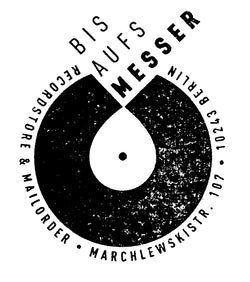Parish’s source material for making guitar arrangements of folkloric music is always the human voice, rather than the accompanying guitar or banjo playing one might hear on archival recordings. He transcribes the vocal melody first, then builds his own unique arrangements, allowing the contour of the tune to dictate the harmony, embellishments, and tunings that best resonate and give expression to the song. His process of giving primacy to the human voice naturally jives with the sea shanty repertoire because it is traditionally a choral music, sung a cappella. His passion for deeply feeling music has always drawn him to the minor contours and hypnotic longing of Irish music, and the spirituality, phrasing and harmonic tension within old blues music. The primary influences of Sea Shanty music are Irish and African-American, thus a truly world fusion music that predates recording and broadcasting.
Parish’s source material for making guitar arrangements of folkloric music is always the human voice, rather than the accompanying guitar or banjo playing one might hear on archival recordings. He transcribes the vocal melody first, then builds his own unique arrangements, allowing the contour of the tune to dictate the harmony, embellishments, and tunings that best resonate and give expression to the song. His process of giving primacy to the human voice naturally jives with the sea shanty repertoire because it is traditionally a choral music, sung a cappella. His passion for deeply feeling music has always drawn him to the minor contours and hypnotic longing of Irish music, and the spirituality, phrasing and harmonic tension within old blues music. The primary influences of Sea Shanty music are Irish and African-American, thus a truly world fusion music that predates recording and broadcasting.

